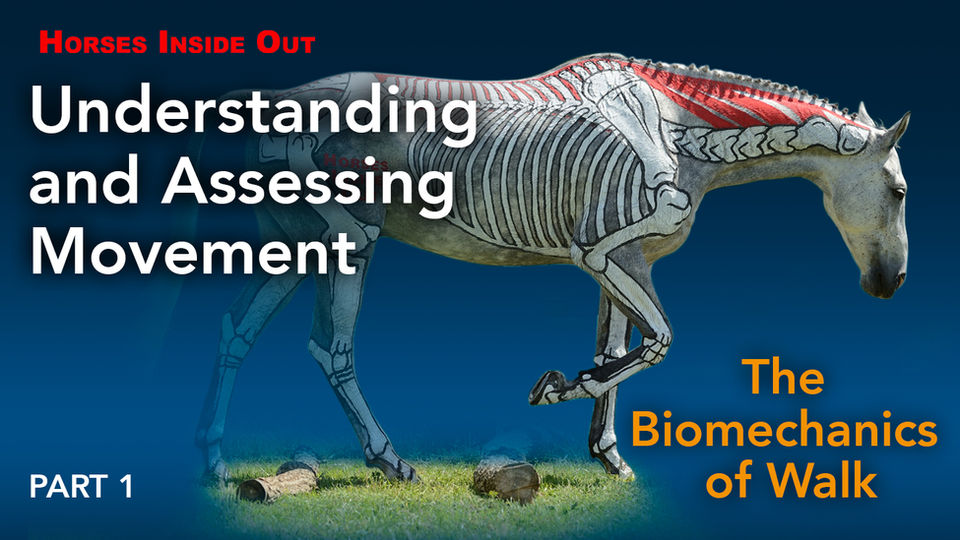Pilates for Horses - On-Demand Webinar
In this on-demand webinar, Gillian explains how her equine based conditioning system can increase core stability, strength, flexibility, coordination and body awareness.
The main focus of this webinar is to give you understanding of Gillian's exercise system for horses system so you can decide which are the best and most beneficial exercises for your horse.
Building on the principles and theme of posture outlined in the previous webinars in this series and based on the premise that a strong core can support the back and minimise the risk of muscular damage, you will learn how by performing specific exercises correctly, you can help keep the equine athlete, strong supple and injury free.
By performing these specific exercises, the core muscles that make for good posture, a strong back and assist in carrying the weight of the rider can be strengthened. Core strengthening exercises can be invaluable as part of a rehabilitation programme following injury. Using specific exercises to target and stimulate weak or injured muscles can be particularly useful.
This on-demand webinar is a superb follow on from the online presentation Pilates and Stretching
Watch Trailer
This on-demand webinar was originally recorded on the
3rd December 2020 and is episode 4 of series 1.
Course Structure
This on-demand webinar is divided into three parts:-
1. Maintaining a Healthy Body
2. Principles of Pilates
3. Example Exercise Regimes for horses with:-
A hollow back posture
A high head carriage
Poor hindlimb engagement
Poor lateral stability
Sacroiliac issues
On the forehand balance
Weak thoracic sling muscles
Poor abdominal tone
Back weaknesses or pain
A lack of expression
Lateral stiffness or poor bend
Older horses
UNLIMITED ACCESS
Anytime - Anywhere - As many times as you like!
Once purchased, you can watch this on-demand webinar at any time and as many times as you like from any device and from the comfort of your own home! Just make sure you are logged in and then watch it by pressing the button below.
Other on-demand webinars you may enjoy...
- 80£
- 40£
- 30£





















